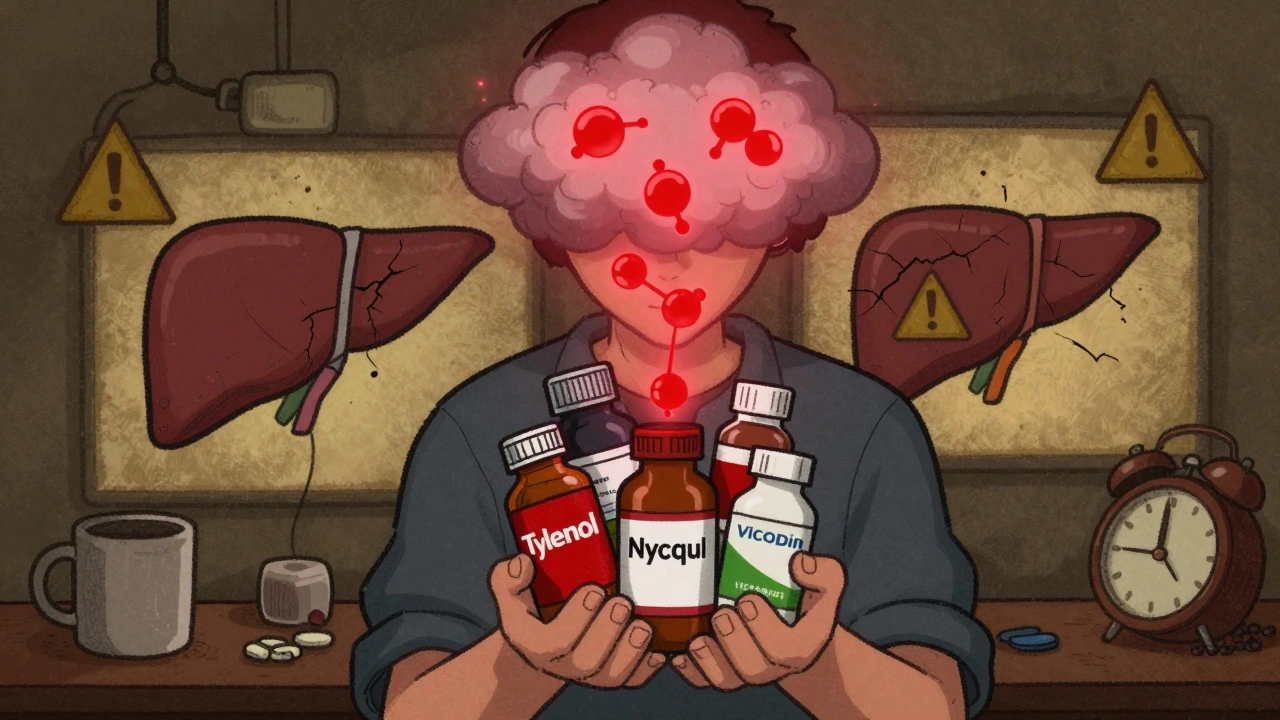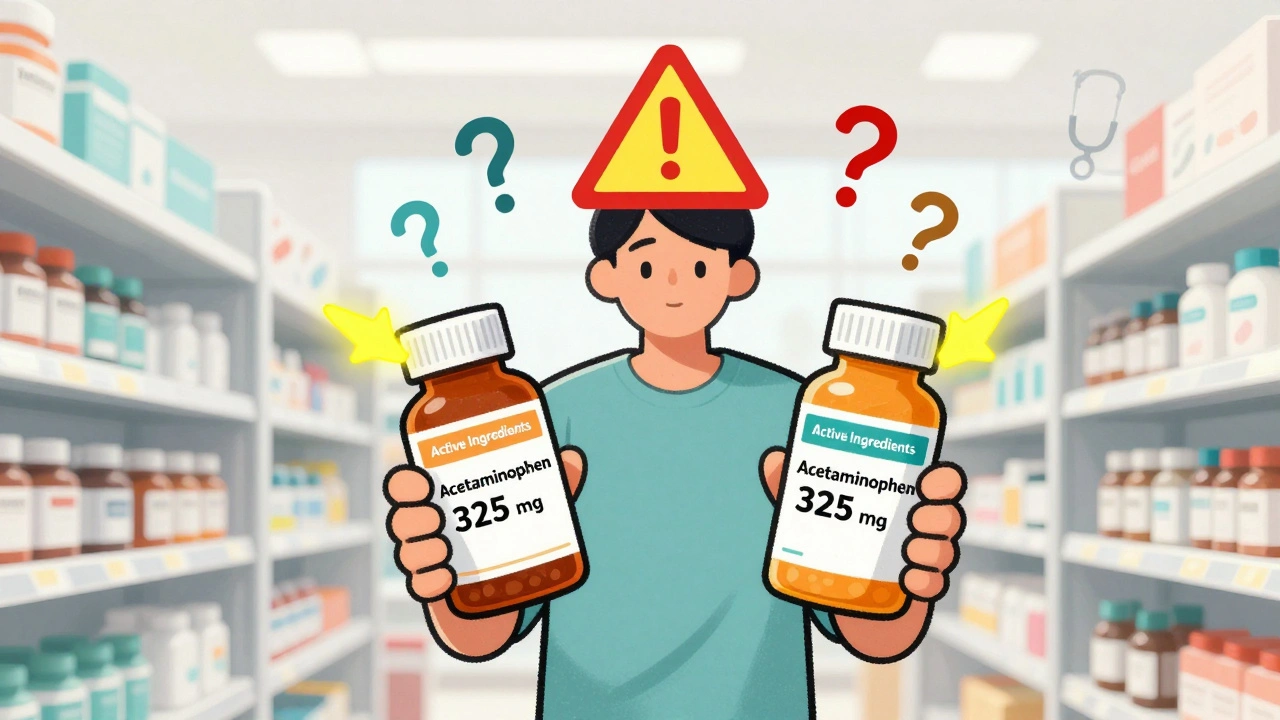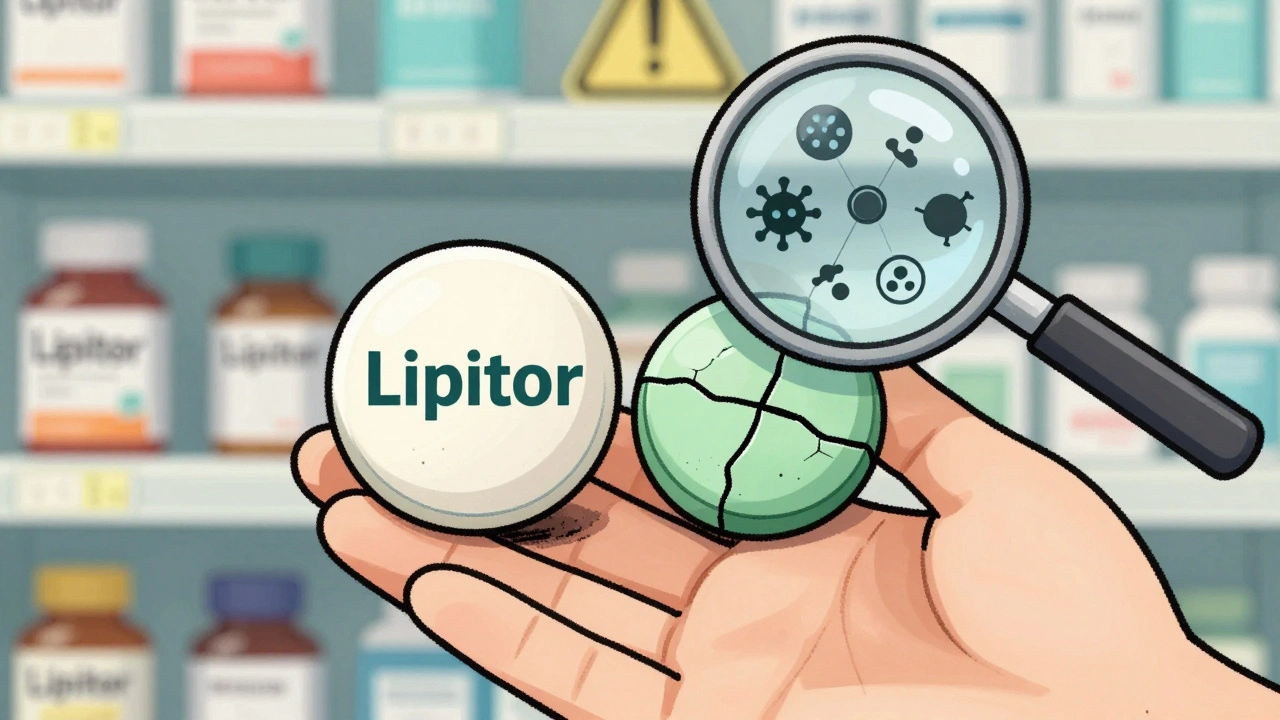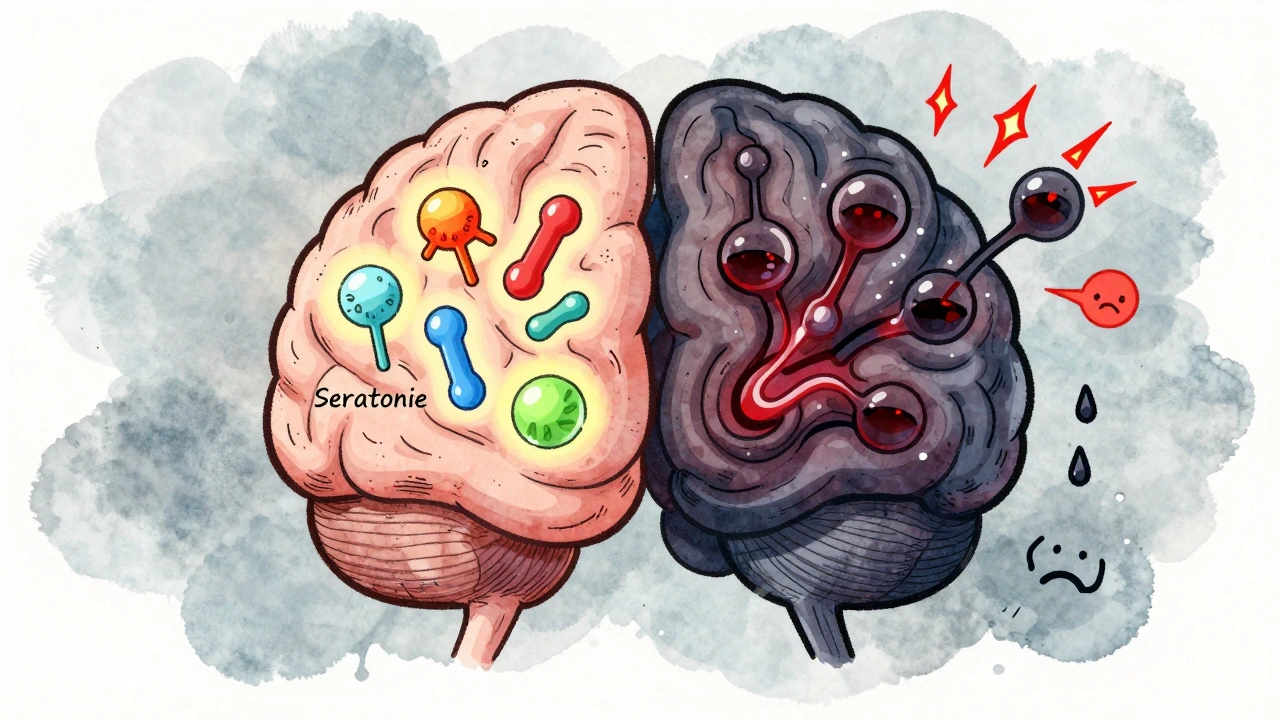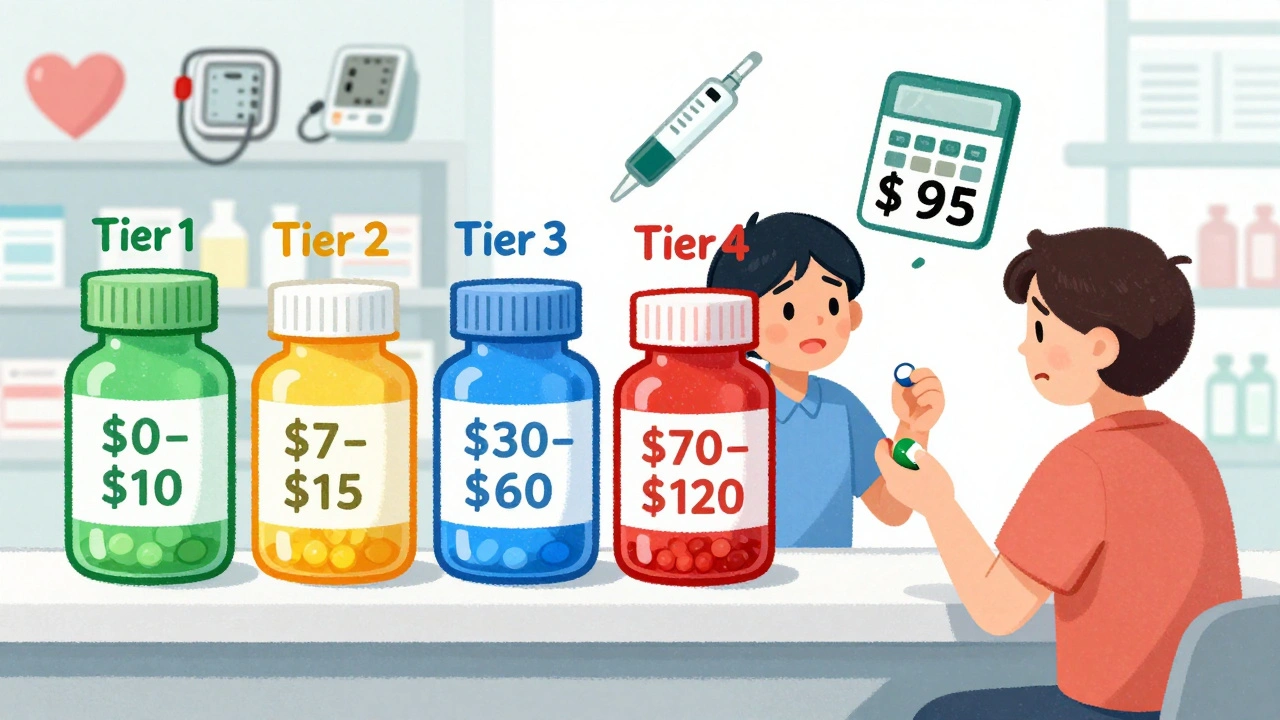Steroid for Fungal Infection: What Works and What Doesn't
When you have a steroid for fungal infection, a corticosteroid used to reduce inflammation in skin conditions that may also involve fungal growth. Also known as topical corticosteroids, it can ease redness, itching, and swelling—but it doesn’t kill fungi. Used alone, it can make fungal infections worse by suppressing the immune response your skin needs to fight them.
Many people reach for steroid creams like hydrocortisone when their skin itches or flares up, not realizing the root cause might be a fungal skin infection, a common condition caused by yeasts or molds like Candida or dermatophytes that thrive in warm, moist areas. Ringworm, athlete’s foot, and jock itch are classic examples. These need antifungals—clotrimazole, terbinafine, or miconazole—to actually kill the organism. But when inflammation is severe, doctors sometimes combine a low-dose steroid with an antifungal in one cream. This combo targets both the infection and the irritation at the same time. It’s not a shortcut—it’s a targeted approach, and it only works when the fungus is properly identified.
Using a steroid alone on a fungal rash is like putting a bandage on a leaky pipe. The swelling goes down, so you feel better temporarily—but the mold keeps growing underneath. That’s why so many people report their rash spreading or coming back after stopping the cream. In some cases, it turns into a stubborn, itchy, scaly patch called tinea incognito, where the fungus changes shape and hides from standard treatments. That’s why it’s critical to get a proper diagnosis. A simple skin scraping under a microscope can confirm if it’s fungal, bacterial, or eczema. Don’t guess. If you’ve been using a steroid cream for more than a week and it’s not improving—or worse, spreading—stop and see a pharmacist or doctor.
There are also risks with long-term steroid use on the skin, especially on sensitive areas like the face or groin. Thinning skin, stretch marks, and even permanent discoloration can happen. And if you’re treating a child or someone with a weakened immune system, the risks go up. That’s why most guidelines say: use steroid-antifungal combos only for short periods, under supervision, and never as a first-line treatment without confirming the diagnosis.
What you’ll find below are real comparisons of treatments people actually use—from over-the-counter antifungals to combination creams and what happens when steroids get mixed in. Some posts dig into why certain products fail, others show how to spot a fake cure, and a few explain how to talk to your pharmacist about the right mix. No fluff. No marketing. Just what works, what doesn’t, and why.

Fluocinolone for Athlete's Foot: Does It Really Work?
Fluocinolone may ease athlete’s foot itching, but it doesn’t kill the fungus. Learn why steroids can make fungal infections worse and what actually works to cure it for good.

